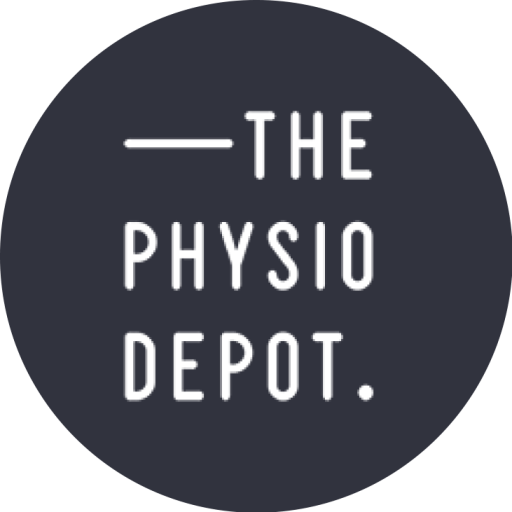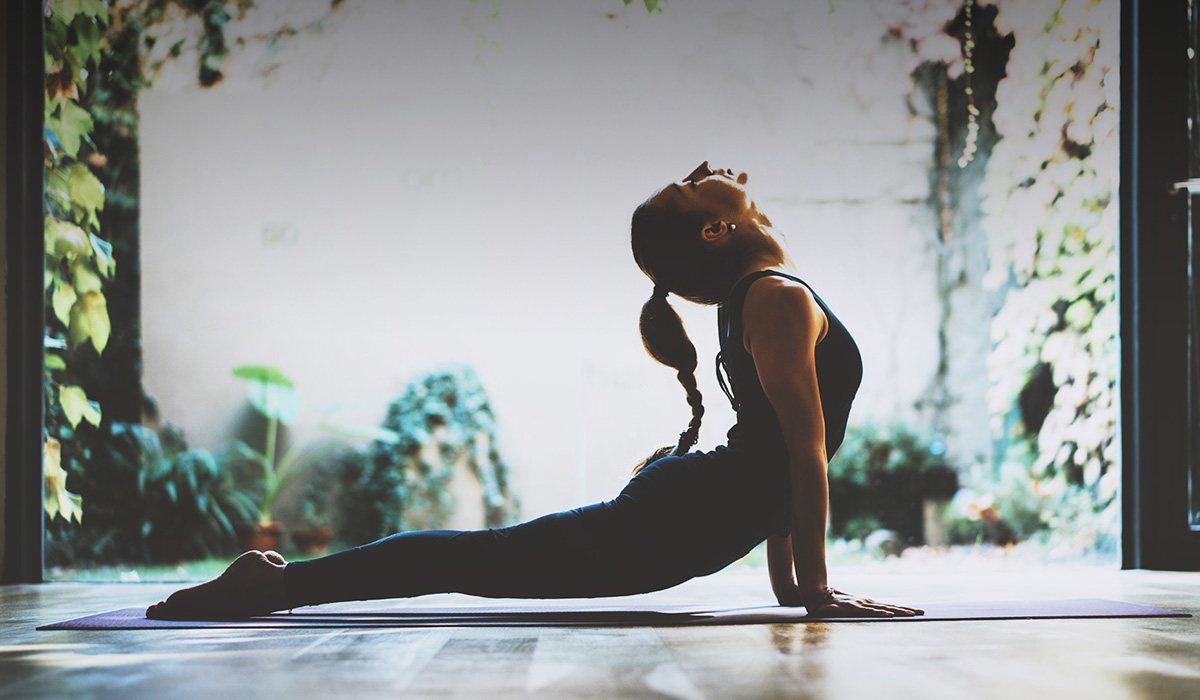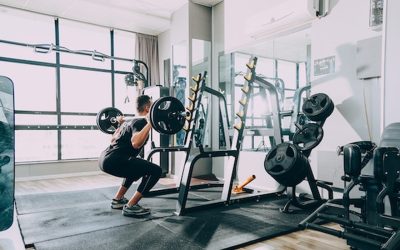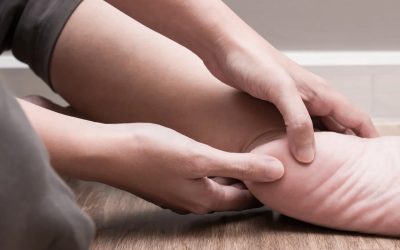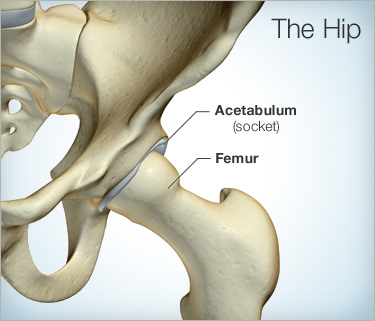
Femoroacetabular impingement (FAI), also known as hip impingement, is a movement or structural problem of the hip which results in the catching or squashing of cartilage/tissues in the hip joint between the Sockey (acetabulum) and thigh bone (femur).
What causes impingement?
People with hip impingement often have variations in the shaping of the ball-and-socket hip joint. (this may be a bony enlargement on the head of the femur or a deeper hip socket). This variation may be genetic or may have developed over time as an adaptive response to repetitive and large hip movements during adolescense. This is common in certain sports/athletes that involve repetitive kicking in front of the body, and extreme flexibility (football, soccer, dancers, gymnastics, martial arts).
Over time, repetitive “bumping” or impingement of the thigh bone on the rim of the socket during certain movements leads to cartilage and labral irritation. Hip impingement often presents following an increase in training volume, combined with weak and tight muscles around the hip, which over time disrupts the natural glide and roll movement of the femur within the hip capsule.
Common symptoms:
Hip impingement generally results in hip stiffness, muscle pain, weakness and decreased performance. Often including:
- Deep aching pain in the groin + outside of hip
- Irritated by movement such as deep squatting, stairs, lunges, kicking movements and running
- Pain with prolonged sitting
- Night pain
- Clicking, catching and giving way
Treatment
Fortunately, there are a number of things you can do to help relieve your hip pain and get you back on track! This is beginning with modifying activities, stretching/mobility work, and a strength/stability rehab program.
Every person with hip impingement presents differently and needs an individualized approach to their rehab. Have fun getting strong!
- Restoring hip movement – There is a challenge of balancing restoring hip movement without increasing symptoms. This can start by gently working on restricted movements within a comfortable range. An exercise band around the upper thigh is used to increase joint space and improve the pain-free hip movement.
- Strength of the gluteal muscles – The glutes help support the hip and pelvis through dynamic movement, and assist the thigh bone to move freely inside the hip joint without jamming up on the front of the hip and causing pain.
- Releasing tight muscles – this commonly includes foam rolling the gluteal/deep hip rotator muscles which will help free up natural hip motion.
- Improving balance and control of hip movement – Once hip motion and strength has been restored, improving the control of the lower limb is essential to ensure you move/perform well through the movements that are essential to your goals!
